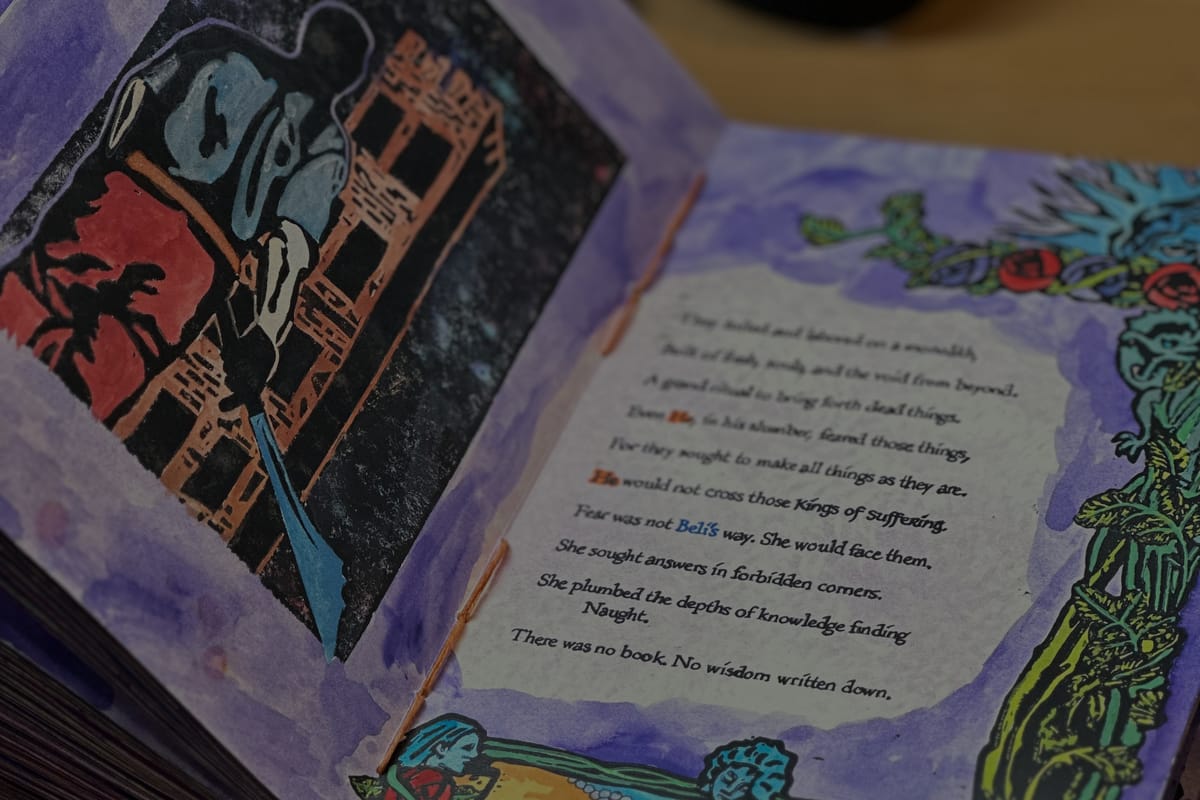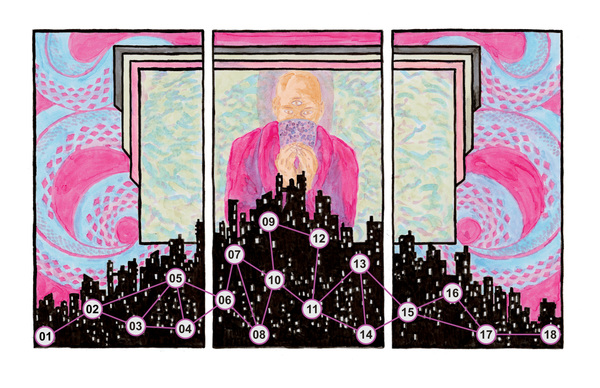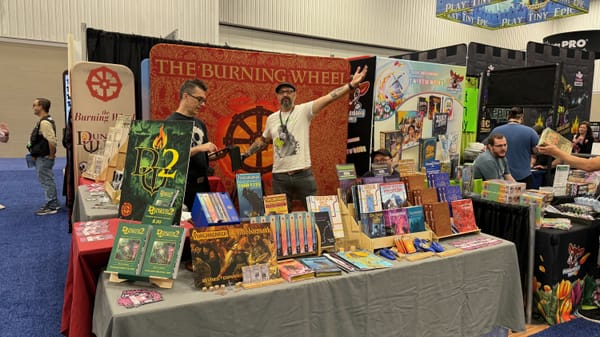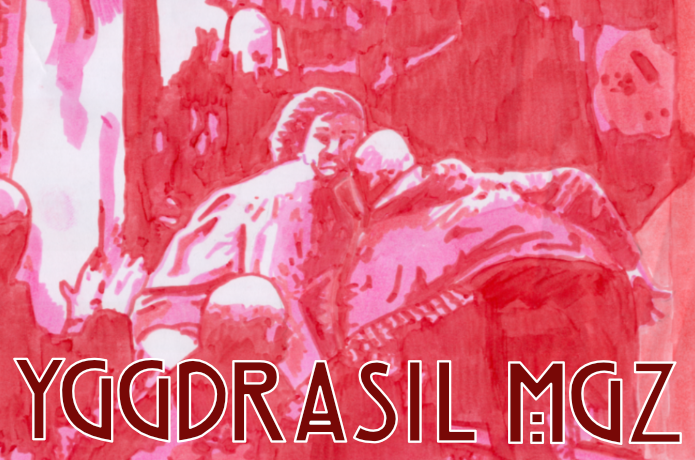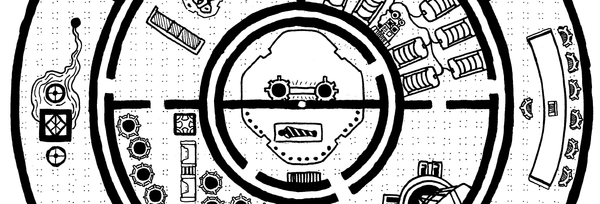When I set out to make Testament, all 288 hand painted, block printed, and hand written pages, I didn’t have much of a plan. I knew I wanted to write a book. I knew I wanted to make it an artifact. I knew I was going to hand make every single page. And I knew I wanted to get back into block printing.
This was not a linear process, despite what I am going to share today. There was a lot of trial and error. Ideas flowed and changed entire approaches. My favorite thing happened a lot where I ruin something and have to figure out a way to fix it without redoing everything.

